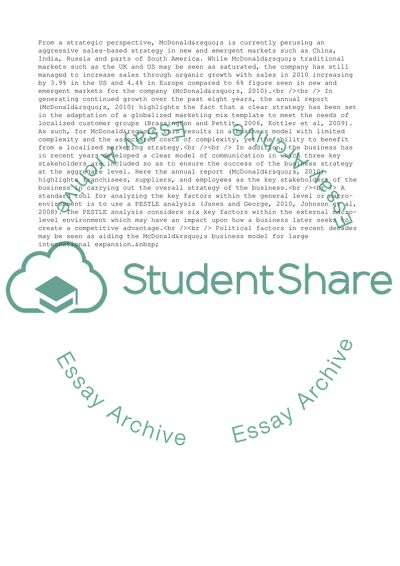Cite this document
(Macro and Task Environmental Analysis of Macdonald's Case Study, n.d.)
Macro and Task Environmental Analysis of Macdonald's Case Study. Retrieved from https://studentshare.org/business/1582886-written-report-on-macdonalds
Macro and Task Environmental Analysis of Macdonald's Case Study. Retrieved from https://studentshare.org/business/1582886-written-report-on-macdonalds
(Macro and Task Environmental Analysis of Macdonald'S Case Study)
Macro and Task Environmental Analysis of Macdonald'S Case Study. https://studentshare.org/business/1582886-written-report-on-macdonalds.
Macro and Task Environmental Analysis of Macdonald'S Case Study. https://studentshare.org/business/1582886-written-report-on-macdonalds.
“Macro and Task Environmental Analysis of Macdonald'S Case Study”, n.d. https://studentshare.org/business/1582886-written-report-on-macdonalds.


